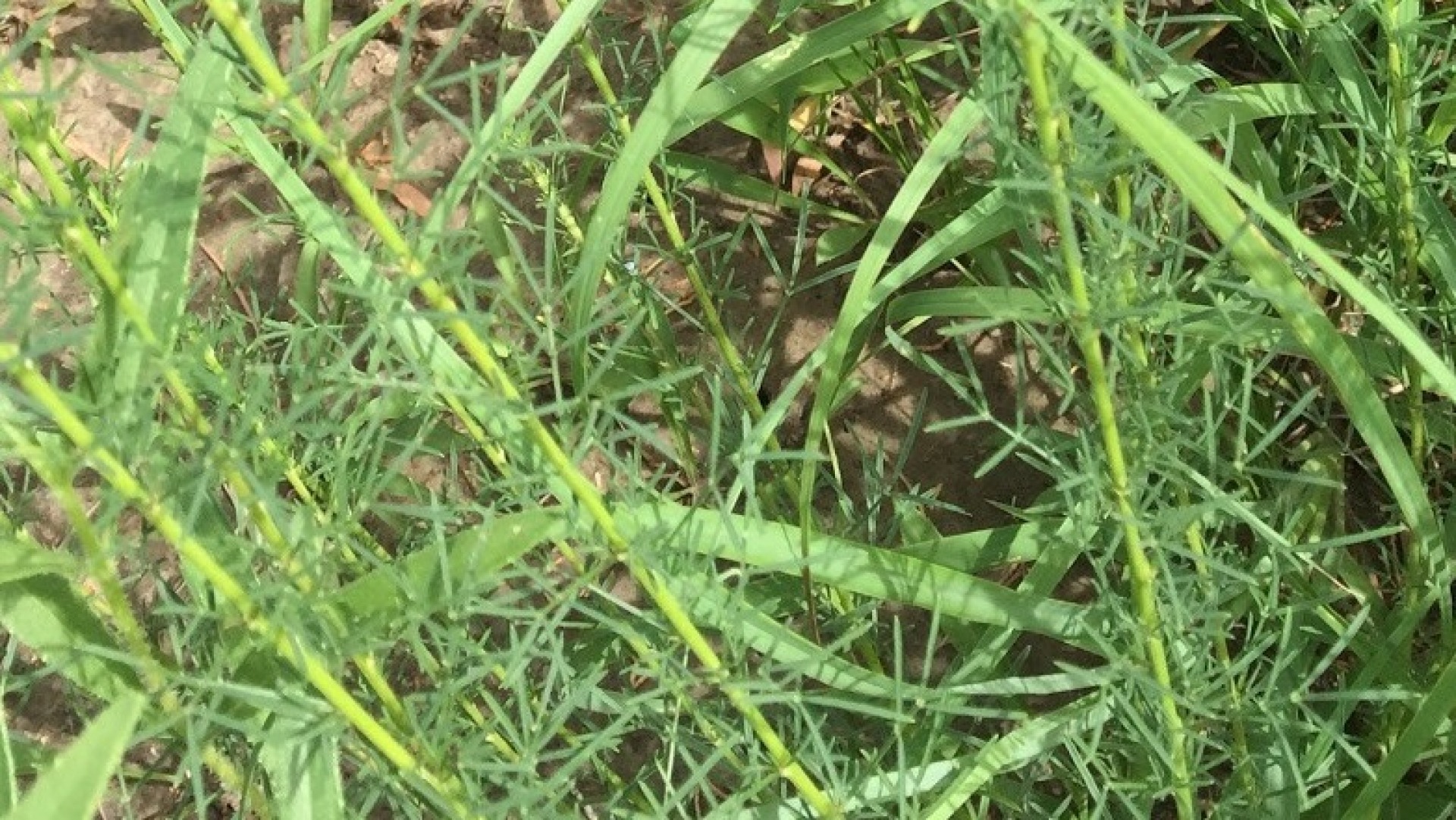These popular topics are heating up. Explore today's most viewed pages.
In the spotlight today, is Purple Prairie Clover, or Dalea purpurea. This native perennial is found across much of the United States and in the lower parts of Canada. It is a part of the Fabaceae, or legume family. The Purple Prairie Clover prefers full sun and dry areas. It is most commonly found in prairies and savannas.

This clover grows 1-3 feet tall and blooms early to late July. The stem is hairless and has small, 2-5 inches long pinnate leaves that grow from the stem in an alternating pattern.


The flowers of Purple Prairie Clover bloom from the bottom of the cone upwards. A wreath-like cluster of flowers can be seen. As the blooming season progresses, the flowers bloom farther up the cone. Though difficult to see, each bloom on the cone of the flower contains tiny pink to purple flowers with 5 petals. Bright orange stamens are present around the cone as well. Where the flowers have not yet bloomed, you can see the green to gray calyx that holds up the flowers that bloom.
The Purple Prairie Clover is beneficial to the ecosystem in many ways. It is an important species that can add nitrogen back into the ground, this helps to balance the ecosystem and provides nutrients to plants that cannot fix nitrogen themselves. The Purple Prairie Clover also attracts butterflies, bees, and many other insects, these insects can feed on nectar, pollen, seeds, leaves, and other parts of the plant. Many mammals also feed on this plant for its high protein content.